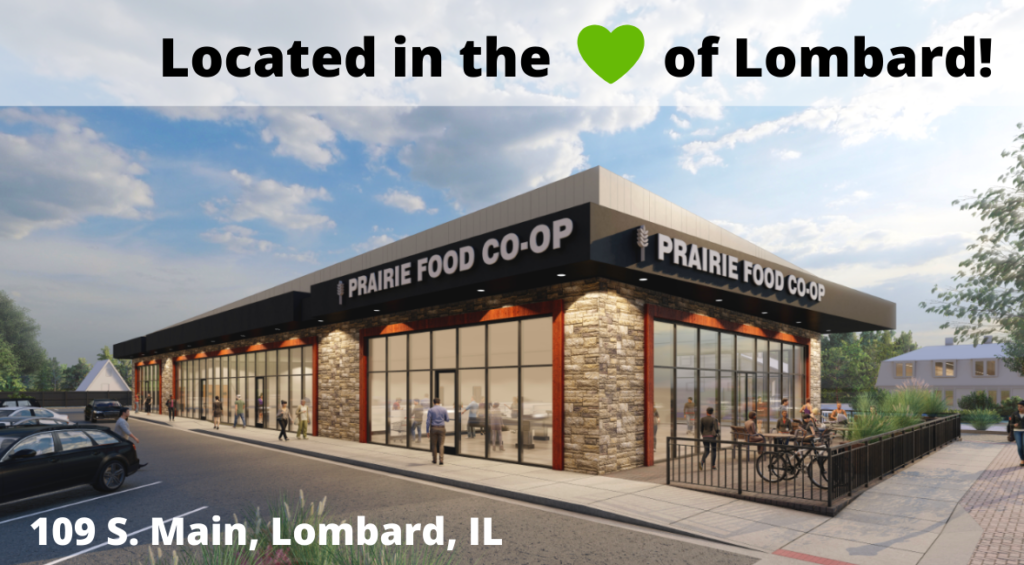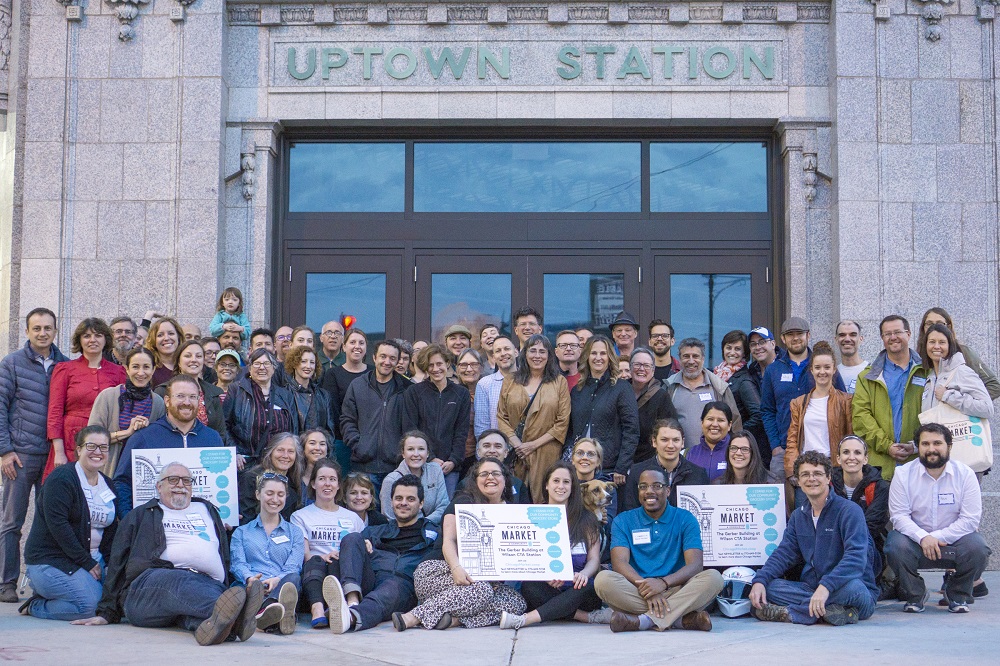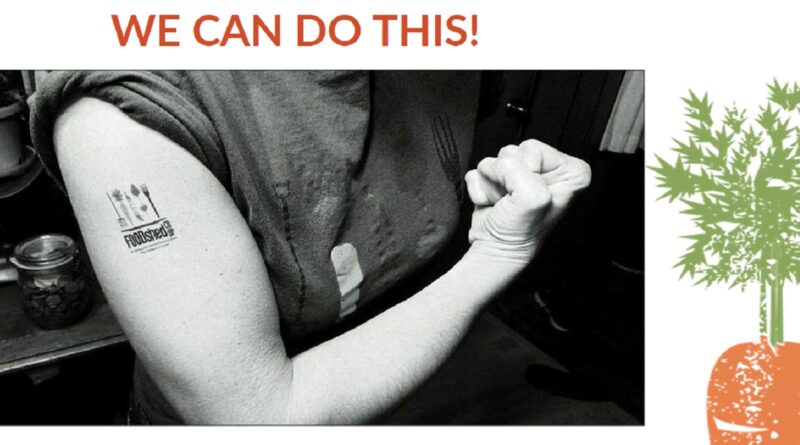Food Co-ops in an Age of Uncertainty
Podcast: Play in new window | Download (Duration: 2:00:02 — 56.4MB)
Subscribe: Apple Podcasts | Spotify | Android | iHeartRadio | Podchaser | Email | TuneIn | RSS | More
(April 4, 2021) A year ago at this time, much of the world was going into lock down. I don’t have to tell you about shopping. A simple task like purchasing toilet paper was fodder for late night show hosts. Farmers, deprived of their wholesale customers, were plowing under crops. Many of those wholesale customers were restaurants, which were shutting their doors. However, in the midst of a collapsing economy, Civil Eats published an article about food co-ops. It contained surprising news.
Similar tales of co-ops stepping in to take farmers’ otherwise market-less bounty—and concurrently boosting their own inventories—have been unfolding across the country since mid-March. Partially as a result, “A lot of co-ops have seen their biggest sales days in their histories,” says Erbin Crowell, executive director of the 39-member Neighboring Food Co-op Association (NFCA) based in Massachusetts. (Grocery and beverage store sales overall went up more than 25 percent in March, while stores prices nationwide experienced their highest jump in 50 years in April.)
Fast forward to January of 2021. The Chicago Tribune reports on the success of Chicago’s Dill Pickle Food Co-Op Market & Deli during the pandemic.
According to C.E. Pugh, CEO of the National Co+op Grocers, a business services cooperative for retail food co-ops in the United States, co-op ownership comes as a result of uncertain times and changing values in shopping habits.
“We can only take so much in this country of saying, ‘me, me, me.’ We are realizing now more than ever that people should take care of one another,” he said. “These are periods that are good for cooperative development because people get together and solve problems on a community level.”
What is a food co-op?
If you’re wondering what a food co-op is, it’s basically a grocery store that is owned by the community. By joining the co-op, members have a say in its operation and direction. Co-ops purchase food from local farmers and pump money back into the community. Also, they often donate food to the neighborhood, as well as offer classes and local events. Our show has been pleased to be associated in the past with organizations like the Sugar Beet Food Co-op in Oak Park, Illinois.

So when I received notices from three local food co-ops recently, knew it was an opportunity to bring them together to talk about the benefits and challenges of running a food co-op. One of the operations, Chicago Market: A Community Co-op, has been on our show in the past. It is working to set up shop in the Uptown neighborhood of Chicago in a property called the Gerber Building, part of the Wilson CTA Station complex.
Prairie Food Co-op just signed a 10-year lease for a 10,000 square foot building at 109 S. Main Street in Lombard. It will be the first community owned grocery store in DuPage County. In December of 2020, the Food Shed Co-op purchased land at the corners of Route 14 and Lake Shore Drive in southwest Woodstock, Illinois in McHenry County. The City of Woodstock is scheduled to annex that land in just a couple of days.
While all three ventures are well on their way, it’s not an easy proposition to set up a food co-op. All three entities have been working for years to get where they are today. A lot of that has to do with being community supported. That is to say, they are recruiting one member at a time. Furthermore, these are largely volunteer efforts.
And then, there’s the unexpected. The aforementioned Dill Pickle Food Co-Op has been the go-to grocery outlet for our household during the pandemic. But three days ago, I learned that the stores employees were informationally picketing the operation.
The workers, who are also union members, say management “has continuously ignored, undermined and misrepresented” the union’s contract, which took effect late last year. They’re also demanding management reinstate hazard pay.
In response, management says that the co-op is in a “financial crisis,” as the pandemic has eased and sales have slowed. As of now, it is the only operating food co-op in Chicago.

That brings us to a situation involving Chicago Market. In the past two weeks, the food co-op has found it necessary to post two statements about a houseless person living in their parking lot. The issue concerns that person and the efforts made to remove them from the parking lot. The Chicago Police have been involved, the Chicago department of Streets and Sanitation has been involved, and some neighborhood social agencies have been involved. I know some of what happened, but certainly not enough to pass judgement at this point. That said, the situation has become a hot button in the Uptown neighborhood, something that seems to have been, unfortunately, unanticipated.
That issue is not central to our show segment today, but it is not irrelevant, either. It is part and parcel of what it means to live and do business in the 21st century. It is also part of the difficulty of serving a community. Which is partly why we’re having this conversation on the show.
We welcome Grant Kessler, board president and communications and marketing team lead for Chicago Market. Kathy Nash is co-founder and president of the Prairie Food Co-op. Scott Brix is is the vice president and treasurer of Food Shed Co-op, and he plays a mean banjo.
High Design/Low Carbon with Nate Kipnis
Architect Nate Kipnis is proving to be a bit of a regular on our program. When he shows up, it’s to promote the ways that architecture can go beyond pretty pictures to actual net zero strategies. Some examples of this are in an article in the recent issue of Natural Awakenings Chicago. (Full disclosure: Publisher Peggy Malecki is co-host of this program.)
Ideally, sustainably designed homes do not harm the environment and use materials and resources in a responsible manner. Resiliency in residential architectural design is about understanding current and future weather patterns, Kipnis says, but it is primarily about anticipating the changes those weather patterns may create. It is also about complementing the lifestyle needs of the occupants with the ability of their home to react and perform sustainably.
This includes keeping homes running on battery backup systems, but is also about designing passive strategies into them, including natural ventilation and daylighting, proper overhangs above windows to manage the sun coming into the house during different times of the year and designing a tight perimeter shell.
It’s that kind of thinking that might actually get us through the climate change mess we’ve gotten ourselves into. Kipnis points to the American Institute of Architecture (AIA) Blueprint for Better website. Among the challenges that they address:
- Architecture’s Carbon Problem
- Improving Racial Equity Through Greener Design
- What Can COVID-19 Teach Us About Climate Change? Experts Weigh In
BTW, Nate Kipnis is a founding member of NextHaus Alliance, is a fellow of the American Institute of Architects (AIA) and a past national co-chair of the AIA 2030 Commitment Working Group, which helps architectural firms evaluate the environmental impact of their design decisions on energy performance. He currently serves on the AIA Committee on Climate Action and Design Excellence. We have a lot to discuss this morning.


